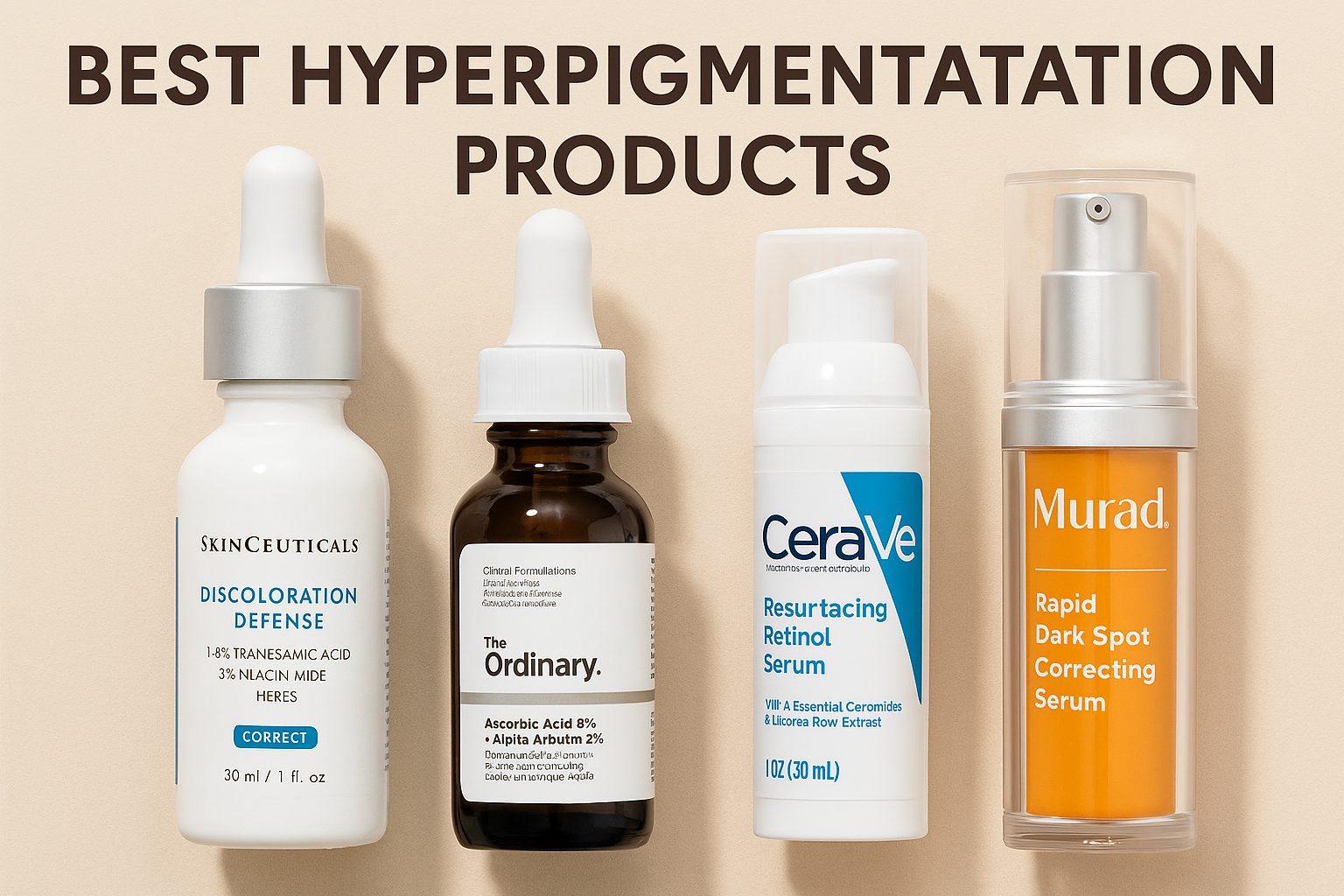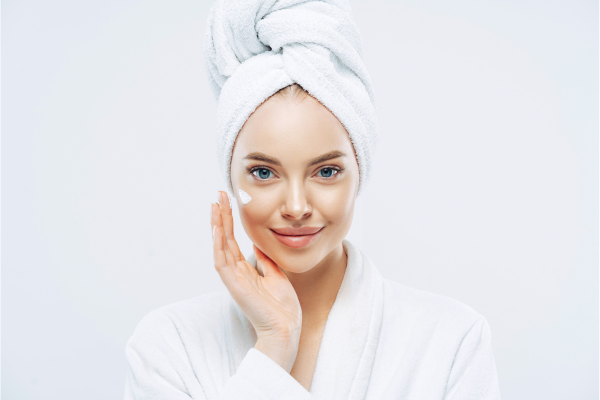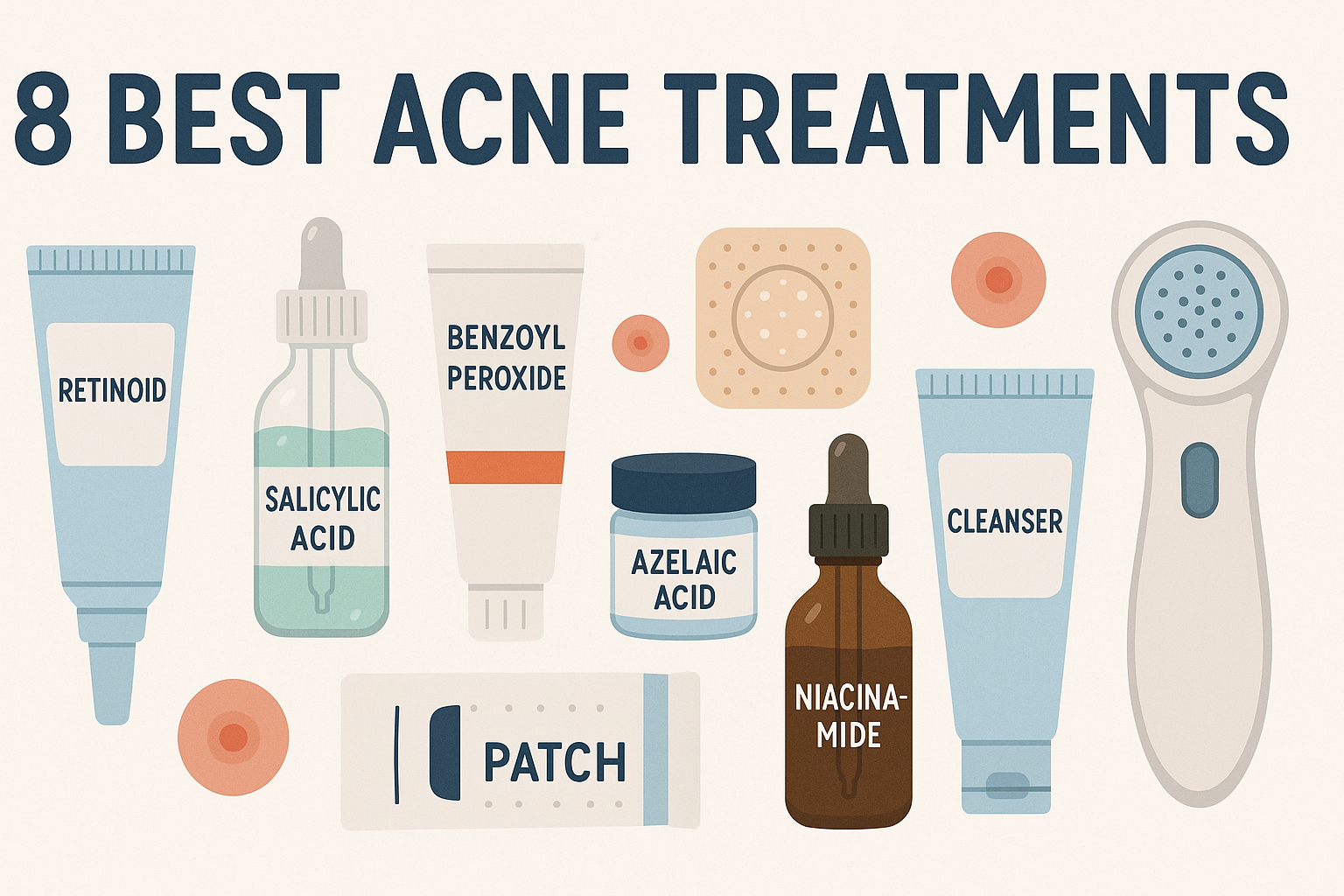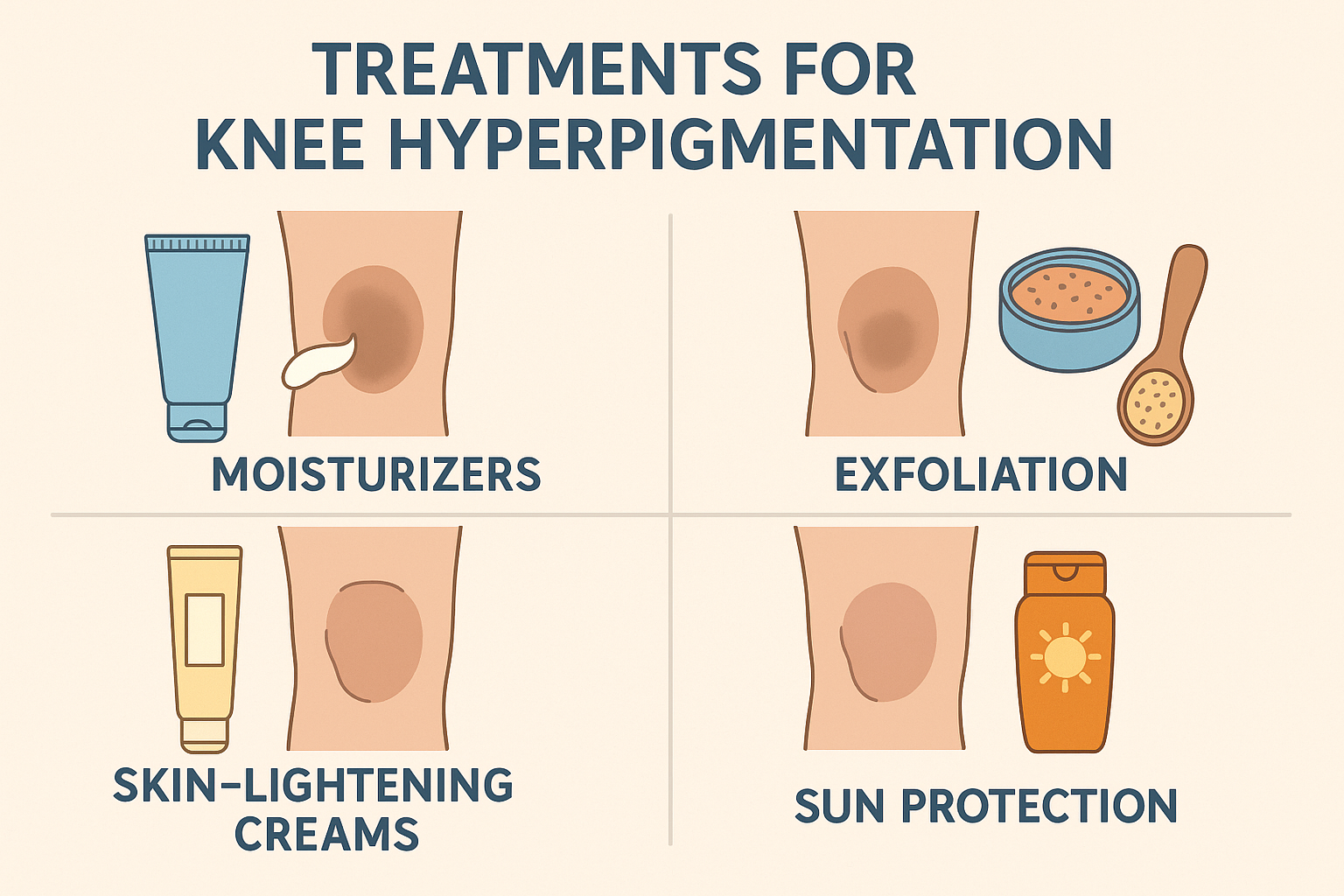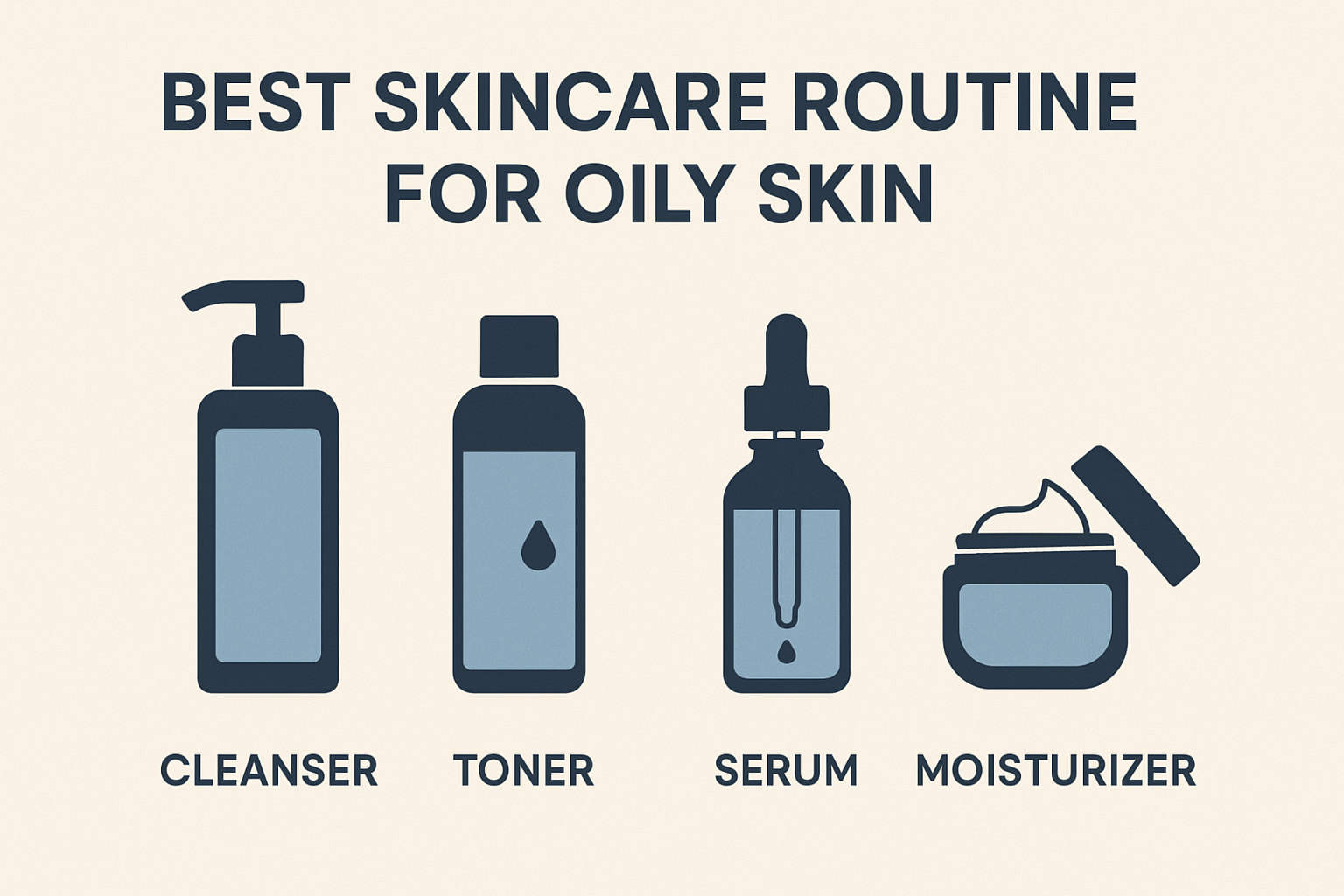Silicone Cleaning Scrubbers – Why You Should Try Them

Choosing the right skincare tool can be overwhelming with so many options promising clean, glowing skin. Recently, silicone cleaning scrubbers have gained popularity as a modern, hygienic alternative to traditional methods like hands, washcloths, or loofahs. Brands like Foreo and Boie highlight their ability to gently cleanse and exfoliate without irritating skin.[1Lam, P. W., Chan, A. K., Chau, N. E., Clark, S. T., & Kozak, R. A. (2022). Streptococcus pyogenes secondary impetigo due to loofah sponge use. IDCases, 27, e01395.]
Many skincare beginners wonder: can these silicone scrubbers really remove dirt, oil, and dead skin cells effectively? To answer this, we consulted dermatologists Dr. Jessica Wu and Dr. Tiffany Clay, who provide professional insights into their benefits and safety.
According to the experts, silicone scrubbers are not only effective for cleansing but also help improve the absorption of skincare products. They are particularly useful for people with sensitive or acne-prone skin because their soft silicone bristles minimize irritation while removing impurities. If you’re looking to upgrade your daily routine, understanding how silicone scrubbers work can help you decide if this tool is worth integrating into your skincare regimen.
What Is a Silicone Scrubber?
A silicone scrubber is a modern skincare tool designed for gentle cleansing and exfoliation. Dermatologist Dr. Tiffany Clay explains that the small silicone bristles effectively lift dirt, oil, and dead skin cells without causing irritation. Scrubbers are available in manual and automatic versions, with automatic devices using vibration to enhance cleansing efficiency.
Dr. Jessica Wu notes that silicone tips capture impurities from pores while preparing the skin for better absorption of serums and moisturizers. Automatic scrubbers are often preferred because the mechanical vibration cleans faster and more thoroughly than manual scrubbing.[2Chilicka, K., Gold, M. H., & Nowicka, D. (2023). Acne vulgaris and the most popular and new cosmetological treatments. Journal of cosmetic dermatology, 22(7), 1946-1950.]
These scrubbers also excel at removing makeup and leftover skincare residues. Most are hypoallergenic, antibacterial, and odor-resistant, making them safer and more hygienic than traditional sponges or washcloths. For beginners, incorporating a silicone scrubber into a daily routine can improve skin texture and clarity while reducing the risk of irritation or bacterial buildup.
Silicone Scrubbers vs Other Cleansing Methods
Compared to traditional cleansing methods, silicone scrubbers offer a gentler yet more effective approach. According to Dr. Jessica Wu, the silicone tips act like a “squeegee,” pulling dirt and oil from pores rather than just spreading it around, as brushes or loofahs often do. Overuse of abrasive brushes can cause redness or even infections.
Silicone scrubbers are ideal for face and body, including acne-prone areas or regions with sunscreen residue like the back and shoulders. Experts emphasize their advantages:
- Softer than washcloths, loofahs, or spin brushes
- Safe for sensitive, eczema-prone, or acne-prone skin
- More effective than hands for removing makeup and sunscreen
- Loofahs are better suited for tougher areas like elbows, knees, or heels
With proper cleaning, silicone scrubbers provide a deep, irritation-free cleanse. They combine hygiene, efficiency, and gentleness, making them a top choice for anyone starting or upgrading their daily skincare routine.
Potential Side Effects of Silicone Scrubbers
Although silicone scrubbers are generally safe and effective, some precautions are necessary. Dermatologist Dr. Tiffany Clay warns that not all scrubbers are antibacterial; improper cleaning can allow bacteria or viruses to grow, potentially causing breakouts or rashes.
To minimize risks:
- Choose high-quality, hypoallergenic scrubbers.
- Clean the scrubber after each use following the manufacturer’s instructions.
- Replace it regularly, ideally every six months for daily use.
Dr. Jessica Wu adds that people with sensitive skin should start gently—pressing too hard may worsen conditions like eczema or rosacea. Begin using the scrubber 1–2 times per week, then increase gradually.
Avoid using a scrubber immediately after procedures like micro-needling, chemical peels, laser treatments, or cosmetic injections, as the skin barrier is temporarily compromised. Combining scrubbers with other exfoliating products can increase irritation. By taking these precautions, users can enjoy the benefits of silicone scrubbers safely.
How to Use a Silicone Scrubber
To get the most from a silicone scrubber, pairing it with the right cleanser is key. Dr. Tiffany Clay recommends gentle, creamy cleansers for the face. If using acid-based products like AHA or BHA, cleanse with hands first to avoid over-exfoliation. For the body, foaming body washes like Dove Body Wash Mousse are ideal.
Step-by-step usage:
- Wet your face or body with warm water.
- Avoid abrasive scrubs with harsh particles.
- Gently massage the scrubber over desired areas.
- Pat the skin dry afterward.
- Follow with moisturizer and sunscreen.
Dr. Jessica Wu emphasizes removing makeup before using the scrubber. Cleaning the tool is easy—wash with baby shampoo or a gentle cleanser like Cetaphil and air-dry. Some silicone scrubbers are dishwasher-safe, making them hygienic and convenient for daily routines.
How to Choose the Right Silicone Scrubber
Selecting the right silicone scrubber ensures maximum benefits and skin safety. Experts Dr. Tiffany Clay and Dr. Jessica Wu suggest considering these factors:
- Type: Manual scrubbers are beginner-friendly and portable; automatic versions use vibrations for deeper cleansing.
- Material: High-quality, soft, hypoallergenic silicone with fine bristles is safest for sensitive skin.
- Features: Look for waterproof, easy-to-clean scrubbers, or those with antibacterial surfaces.
- Size & Design: Match the scrubber to the area—face, body, or hard-to-reach spots. Ergonomic design prevents pressing too hard.
- Brand Reputation & Reviews: Trusted brands like Foreo or Boie ensure durability and effectiveness; check user feedback for comfort and results.
By considering these factors, you can choose a scrubber that is safe, effective, and tailored to your skincare needs, whether for daily cleansing or targeted treatments.
Final Thoughts
Silicone scrubbers are a modern, hygienic alternative to traditional cleansing tools, offering gentle yet effective removal of dirt, oil, makeup, and dead skin cells. Recommended by dermatologists Dr. Jessica Wu and Dr. Tiffany Clay, they are ideal for sensitive, acne-prone, or beginner skincare users because they minimize irritation while improving product absorption.
To use safely, start slowly, avoid excessive pressure, and clean the tool regularly. Choose high-quality, hypoallergenic silicone with appropriate size and features for your skin type and daily routine. While precautions are necessary—especially after procedures or with other exfoliating products—the benefits of silicone scrubbers include improved hygiene, deep cleansing, and a smoother, healthier-looking skin.
For anyone starting or upgrading their skincare routine, integrating a silicone scrubber can be a simple yet highly effective step toward radiant, clean, and balanced skin.

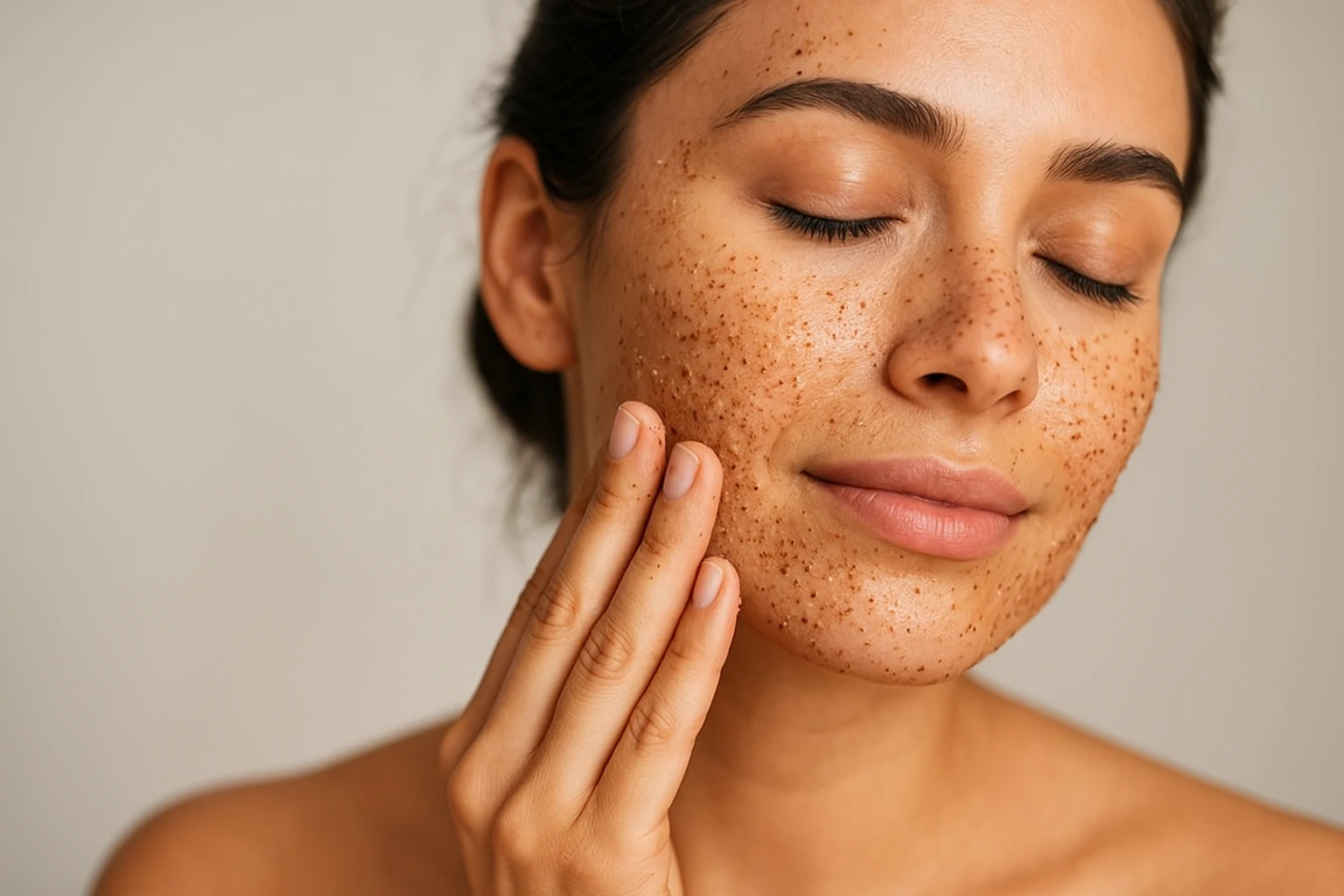
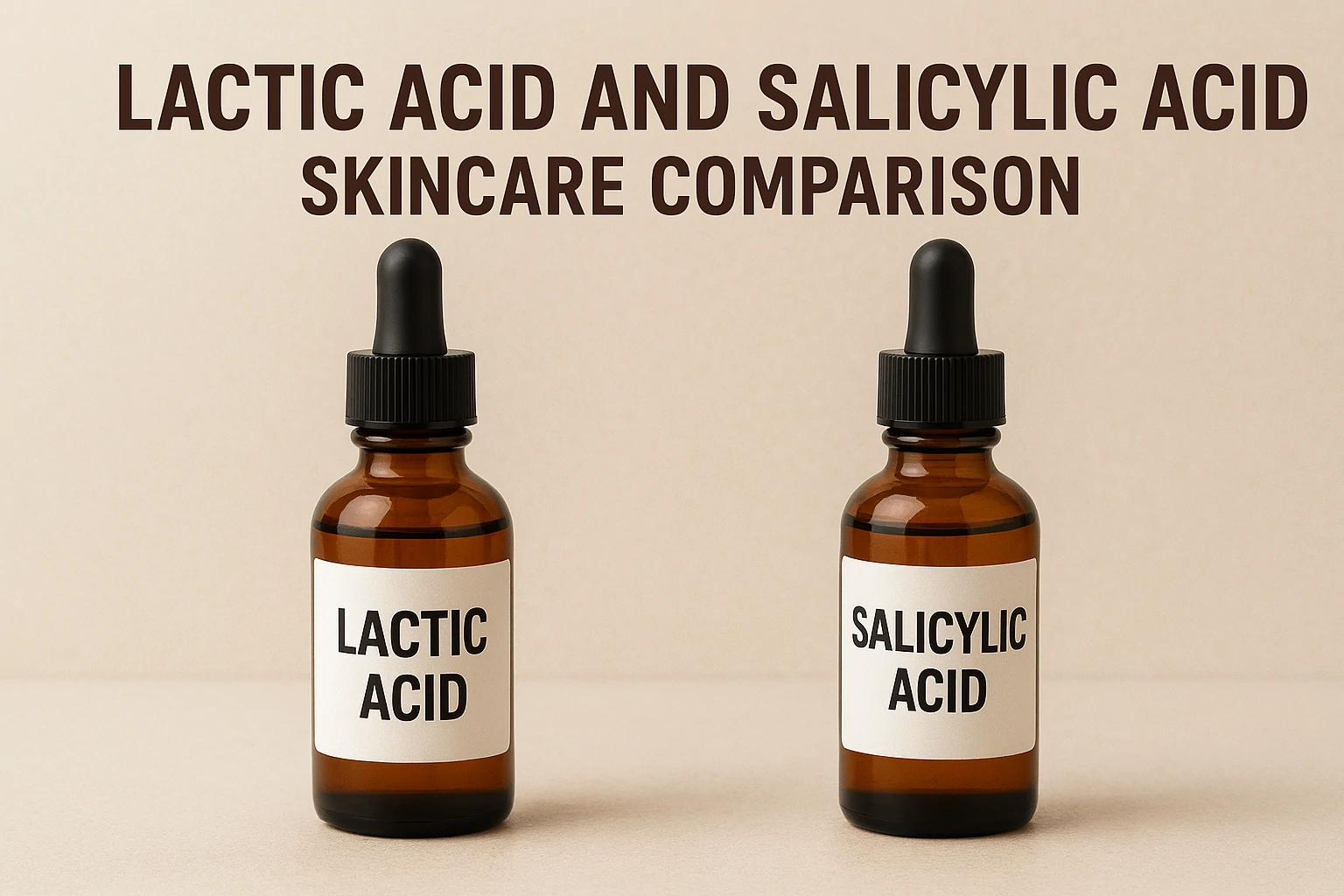

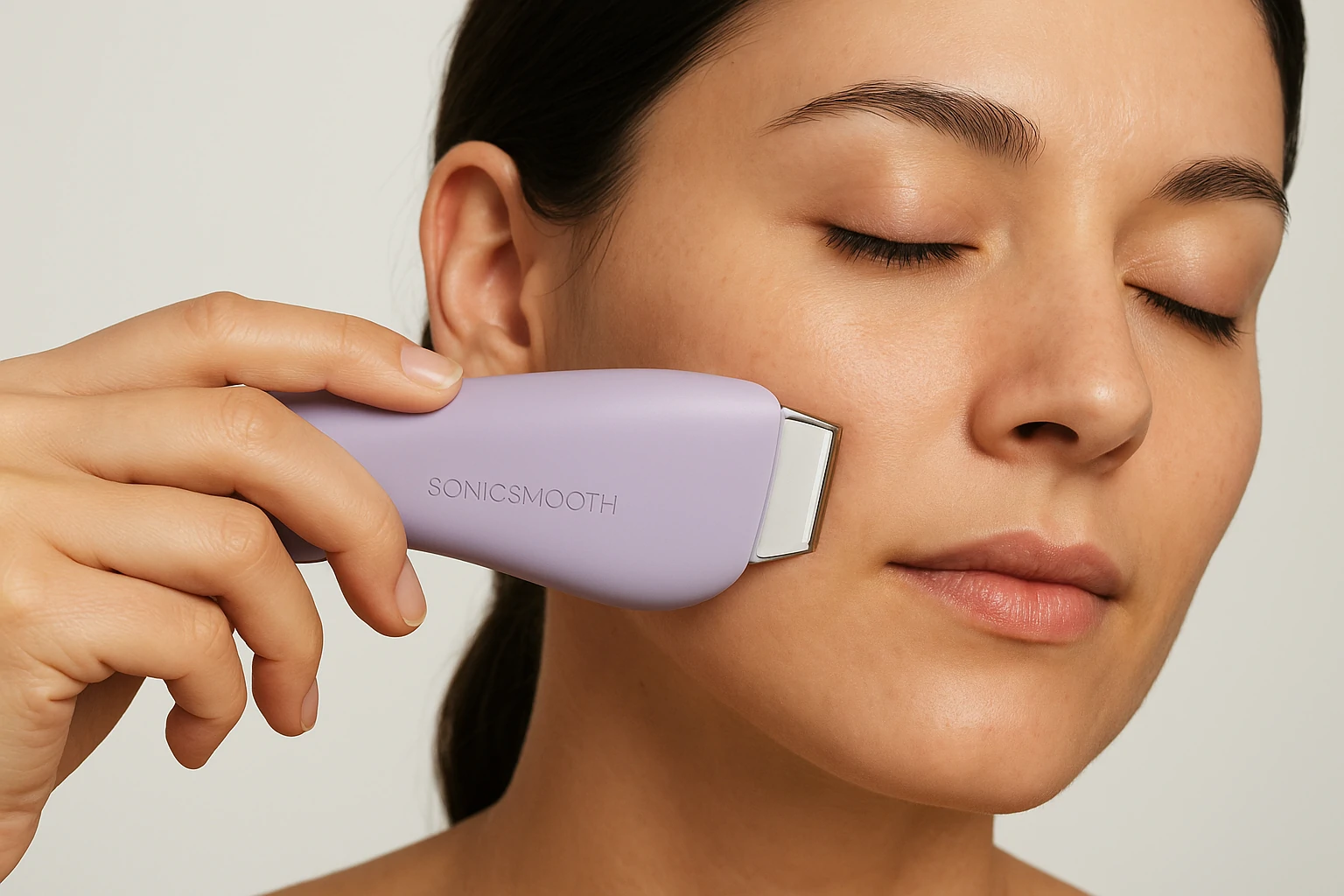

 Acne
Acne Anti-Aging
Anti-Aging Business
Business Digital Marketing
Digital Marketing Economics
Economics Exfoliation
Exfoliation Movies
Movies Personal Finance
Personal Finance Websites
Websites
